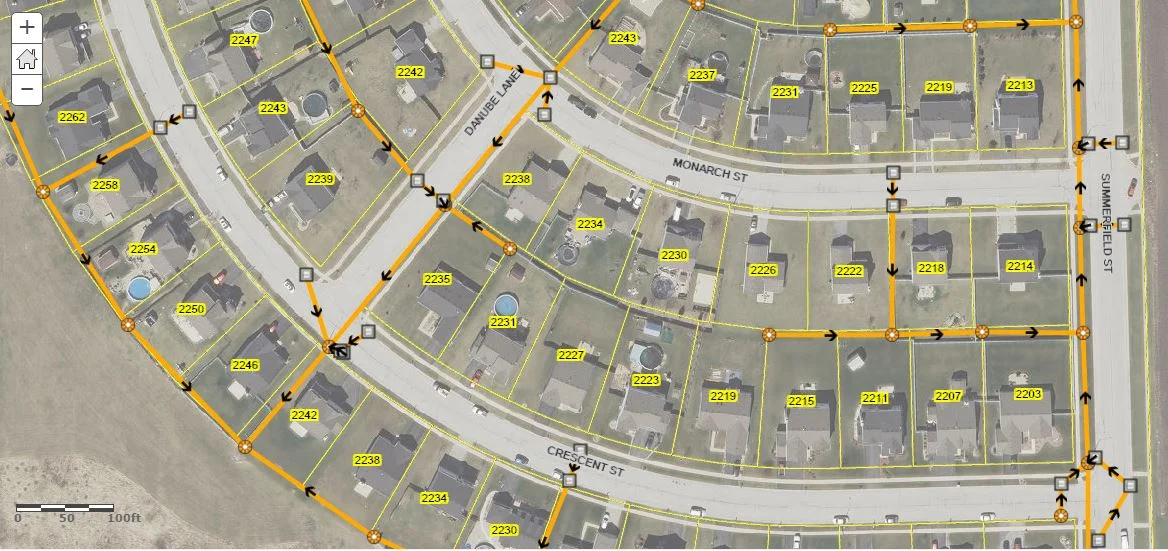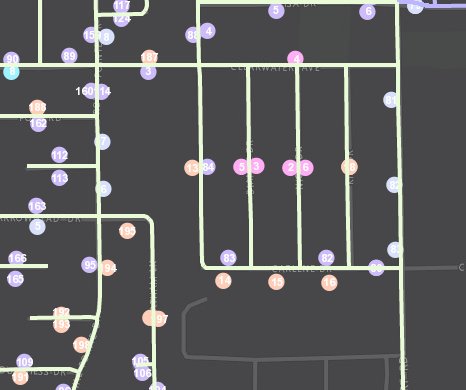Our travels here at Cloudpoint take us to many places throughout the state of Illinois (as well as many other states). In the spirit of our connections to the Prairie State, as well as our varied tastes in music, here is a Story Map that focuses on a selected set of songs that contain Illinois place names in their titles-The Prairie State Playlist.
The Prairie State Playlist is constructed using Esri's Story Map Journal template. Maps of each location comprise the "Main Stage", while information and a link to the song are in the "Side Panel." The maps for the Prairie State Playlist were created in ArcGIS Online as webmaps, and then converted to apps using Web AppBuilder, which allows for a better interface and the inclusion of widgets such as a Legend, Basemap Gallery, etc. The webmaps alone can also be included as content in the Story Map, as well as videos, images, and web pages.
Please browse the Prairie State Playlist and enjoy the music tour through the Land of Lincoln. Along the way, you might pick up some information about Bob Dylan, Tornadoes, and an EPA Superfund site.
























